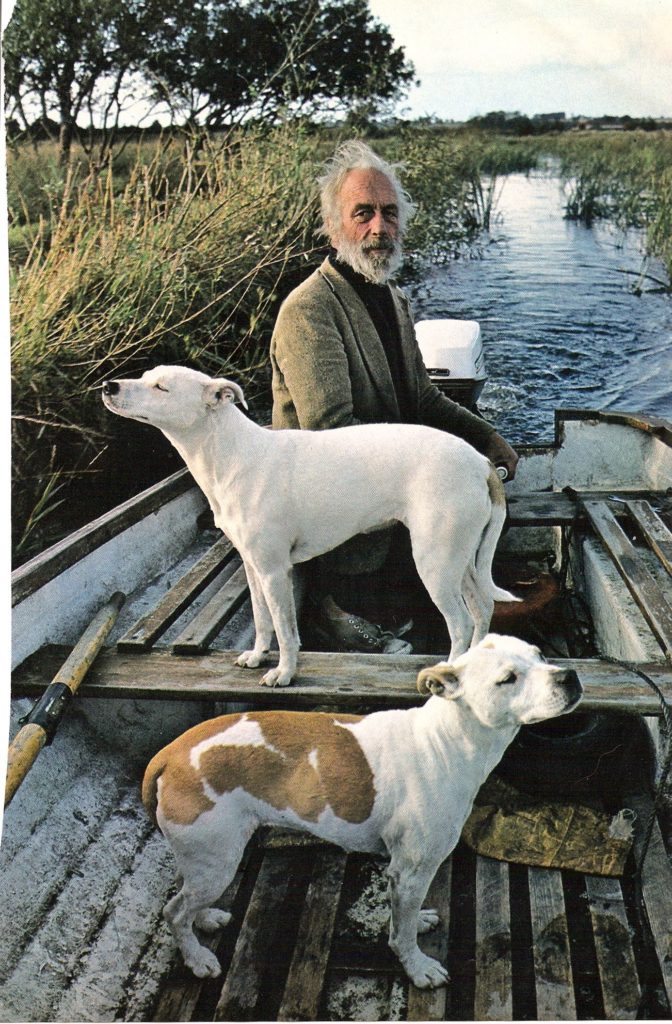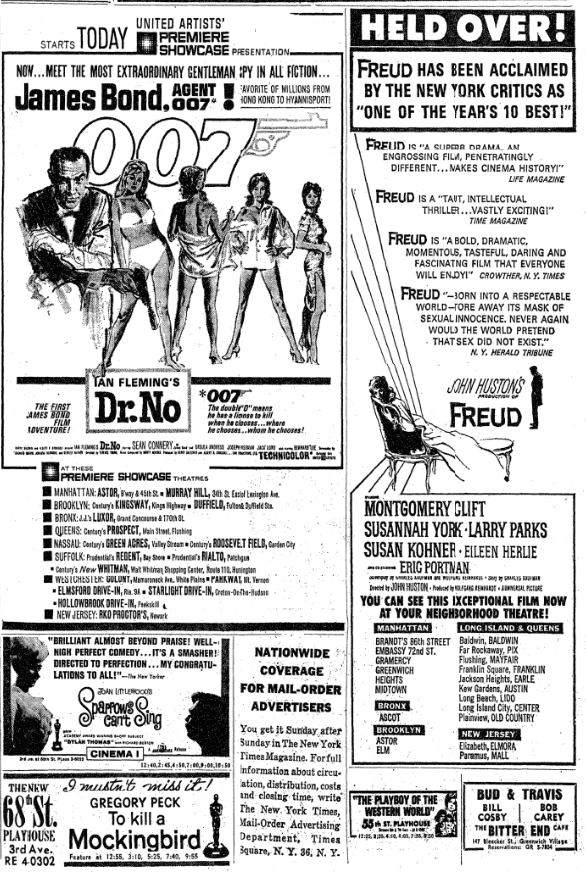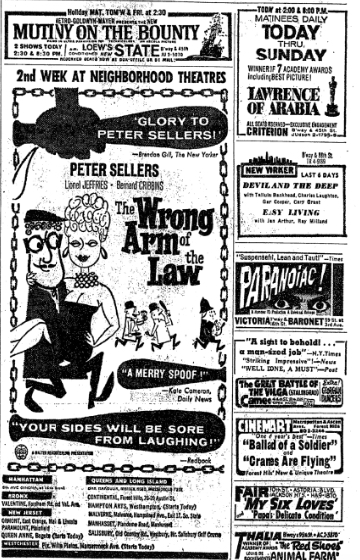The 2021 Critics Choice Awards nominations were announced this morning. Congrats to David Fincher and the 12 noms gathered by Mank. Come one, nearly come all…almost everyone’s invited…spread it around…may the best contenders win, or at the very least show up. Will the March 7th show happen “live” with actual bodies, tables, food, drinks, red carpet, etc.? Of course not.
Boldface HE indicates winning preference; # indicates HE runner-up preference. Note: Not all the nominees are listed here.
BEST PICTURE
Da 5 Bloods (Netflix)
Ma Rainey’s Black Bottom (Netflix)
Mank (Netflix)
Minari (A24)
News of the World (Universal Pictures)
Nomadland (Searchlight Pictures) / HE
One Night in Miami (Amazon Studios)
Promising Young Woman (Focus Features)
Sound of Metal (Amazon Studios) / #
The Trial of the Chicago 7 (Netflix)
BEST ACTOR
Ben Affleck – The Way Back (Warner Bros.) / #
Riz Ahmed – Sound of Metal (Amazon Studios) / HE
Chadwick Boseman – Ma Rainey’s Black Bottom (Netflix)
Tom Hanks – News of the World (Universal Pictures)
Anthony Hopkins – The Father (Sony Pictures Classics)
Delroy Lindo – Da 5 Bloods (Netflix)
Gary Oldman – Mank (Netflix)
Steven Yeun – Minari (A24)
BEST ACTRESS
Viola Davis – Ma Rainey’s Black Bottom (Netflix)
Andra Day – The United States vs. Billie Holiday (Hulu) / #
Sidney Flanigan – Never Rarely Sometimes Always (Focus Features)
Vanessa Kirby – Pieces of a Woman (Netflix)
Frances McDormand – Nomadland (Searchlight Pictures)
Carey Mulligan – Promising Young Woman (Focus Features) / HE
Zendaya – Malcolm & Marie (Netflix)
BEST SUPPORTING ACTOR
Chadwick Boseman – Da 5 Bloods (Netflix)
Sacha Baron Cohen – The Trial of the Chicago 7 (Netflix) / #
Daniel Kaluuya – Judas and the Black Messiah (Warner Bros.)
Bill Murray – On the Rocks (A24/Apple TV+)
Leslie Odom, Jr. – One Night in Miami (Amazon Studios)
Paul Raci – Sound of Metal (Amazon Studios)
SPECIAL HE WRITE-IN VOTE: LaKeith Stanfield, Judas and the Black Messiah (Warner Bros.) / HE
BEST SUPPORTING ACTRESS
Maria Bakalova – Borat Subsequent Moviefilm (Amazon Studios)
Ellen Burstyn – Pieces of a Woman (Netflix)
Glenn Close – Hillbilly Elegy (Netflix)
Olivia Colman – The Father (Sony Pictures Classics) / HE
Amanda Seyfried – Mank (Netflix) / #
Yuh-Jung Youn – Minari (A24)
BEST YOUNG ACTOR/ACTRESS
Ryder Allen – Palmer (Apple TV+)
Ibrahima Gueye – The Life Ahead (Netflix) / #
Alan Kim – Minari (A24)
Talia Ryder – Never Rarely Sometimes Always (Focus Features) / HE
Caoilinn Springall – The Midnight Sky (Netflix)
Helena Zengel – News of the World (Universal Pictures)












